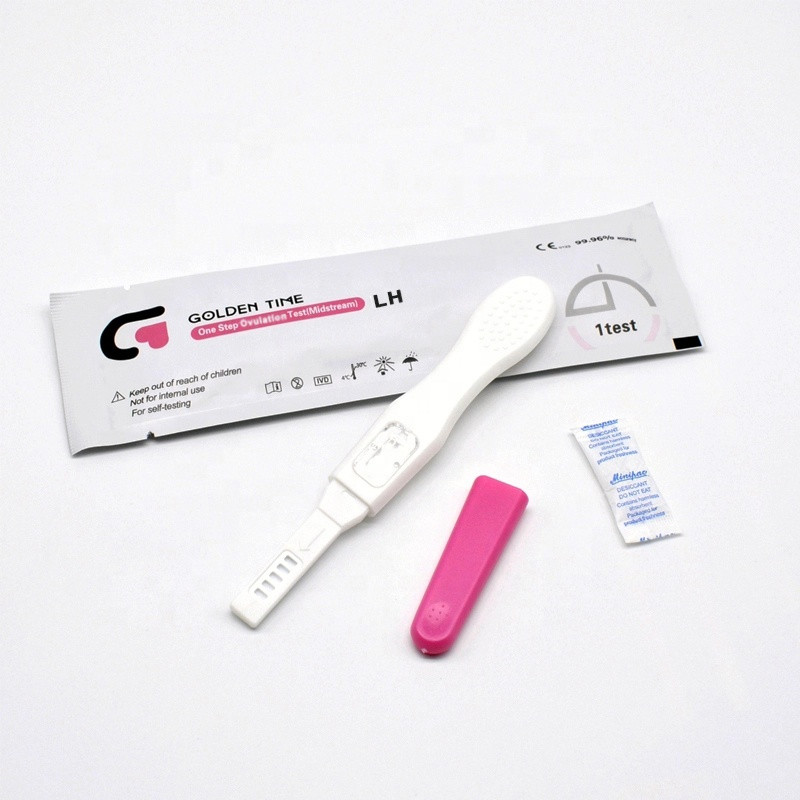Dec . 06, 2024 02:01 Back to list
Understanding the Family H Pylori Test and Its Importance for Gastrointestinal Health
Understanding the Family H. pylori Test Importance and Implications
Helicobacter pylori, commonly referred to as H. pylori, is a type of bacterium that infects the stomach and is known to play a significant role in various gastrointestinal diseases, including peptic ulcers and gastric cancer. Understanding the implications of H. pylori infection and the relevance of testing within familial contexts is crucial for providing optimal health care and management.
What is H. pylori?
H. pylori is a gram-negative bacterium that can survive the acidic environment of the stomach. It was first discovered in 1982 by Barry Marshall and Robin Warren, who identified its presence in individuals with gastritis and peptic ulcer disease. Research has since shown that H. pylori can contribute to chronic inflammation of the stomach lining (chronic gastritis) and is a major risk factor for developing more severe conditions, such as gastric ulcers and gastric cancer.
Transmission and Risk Factors
H. pylori infection is typically acquired during childhood, often through oral-oral or fecal-oral transmission routes. Families may spread the bacteria among themselves, which is why understanding H. pylori testing is significant in a family context. Poor sanitation, crowded living conditions, and a lack of clean drinking water are associated with higher infection rates.
Certain risk factors further compound the likelihood of infection. These include dietary habits, lifestyle choices like smoking, and genetic predispositions. Consequently, if one family member is diagnosed with an H. pylori infection, other members may also be at risk, prompting the need for widespread testing.
The Importance of Testing
Testing for H. pylori is vital for diagnosing an infection and guiding treatment. The \textit{family H. pylori test} concept emphasizes not only individual diagnosis but also the importance of screening close relatives, particularly in cases of gastrointestinal diseases. Various diagnostic tests are available, including
1. Breath Tests The urea breath test (UBT) is a non-invasive method that detects active H. pylori infections. After ingesting a urea solution tagged with a radioactive or non-radioactive carbon isotope, the breath is analyzed for carbon dioxide, indicating the presence of the bacterium.
2. Blood Tests These tests measure antibodies against H. pylori, although they do not distinguish between a current or past infection.
family h pylori test

3. Stool Tests These tests detect H. pylori antigens in a stool sample and are useful for both diagnosing infections and confirming that treatment has been effective.
4. Endoscopy In more severe cases, a gastroscopy may be performed to take biopsies of the stomach lining, allowing for direct visualization and culture of H. pylori.
Family testing becomes particularly pertinent when one member exhibits symptoms such as recurrent stomach pain, bloating, or unexplained weight loss. If diagnosed, immediate attention is warranted to prevent transmission within the household and to limit disease progression.
Treatment Options
When testing confirms the presence of H. pylori, it's crucial to initiate an effective treatment regimen, typically involving a combination of antibiotics and acid-reducing medications. This treatment, often referred to as triple therapy, aims to eradicate the bacterium and alleviate symptoms. However, the success of treatment does not just hinge on individual action; family members must also be mindful of hygiene and dietary practices to minimize the risk of reinfection or spread.
Future Directions
In the face of increasing antibiotic resistance, there is an urgent need for developing alternative treatment protocols beyond conventional therapy. Research into vaccines and natural remedies is ongoing, with the hope that these will offer new avenues for prevention and management.
Moreover, public health initiatives aimed at improving sanitation and lifestyle could significantly decrease the prevalence of H. pylori, particularly in high-risk populations.
Conclusion
The family H. pylori test is more than a diagnostic tool; it's a cornerstone of preventive healthcare within familial settings. Understanding the transmission dynamics and implications of H. pylori infections emphasizes the importance of collective awareness and action. Awareness, early detection, and appropriate treatment can have a profound impact on not only individual health outcomes but also on the well-being of entire families. Regular screening within families, particularly for those at risk, can help mitigate the consequences of H. pylori and foster healthier living environments.
-
Malaria Pf Ag Rapid Test Kit - Quick & Accurate Detection
NewsAug.11,2025
-
Accurate Cardiac Marker CK-MB Rapid Test for Quick Results
NewsAug.10,2025
-
Premium Empty ABS Plastic Cassette for Test Strips
NewsAug.09,2025
-
Sterile Urine Cup: Accurate Specimen Collection for Labs & Home
NewsAug.08,2025
-
Malaria Pf/Pan Ag Rapid Test Kit for Fast, Accurate Diagnosis
NewsAug.07,2025
-
Rapid Canine Corona Test: Fast & Accurate Results
NewsAug.06,2025

